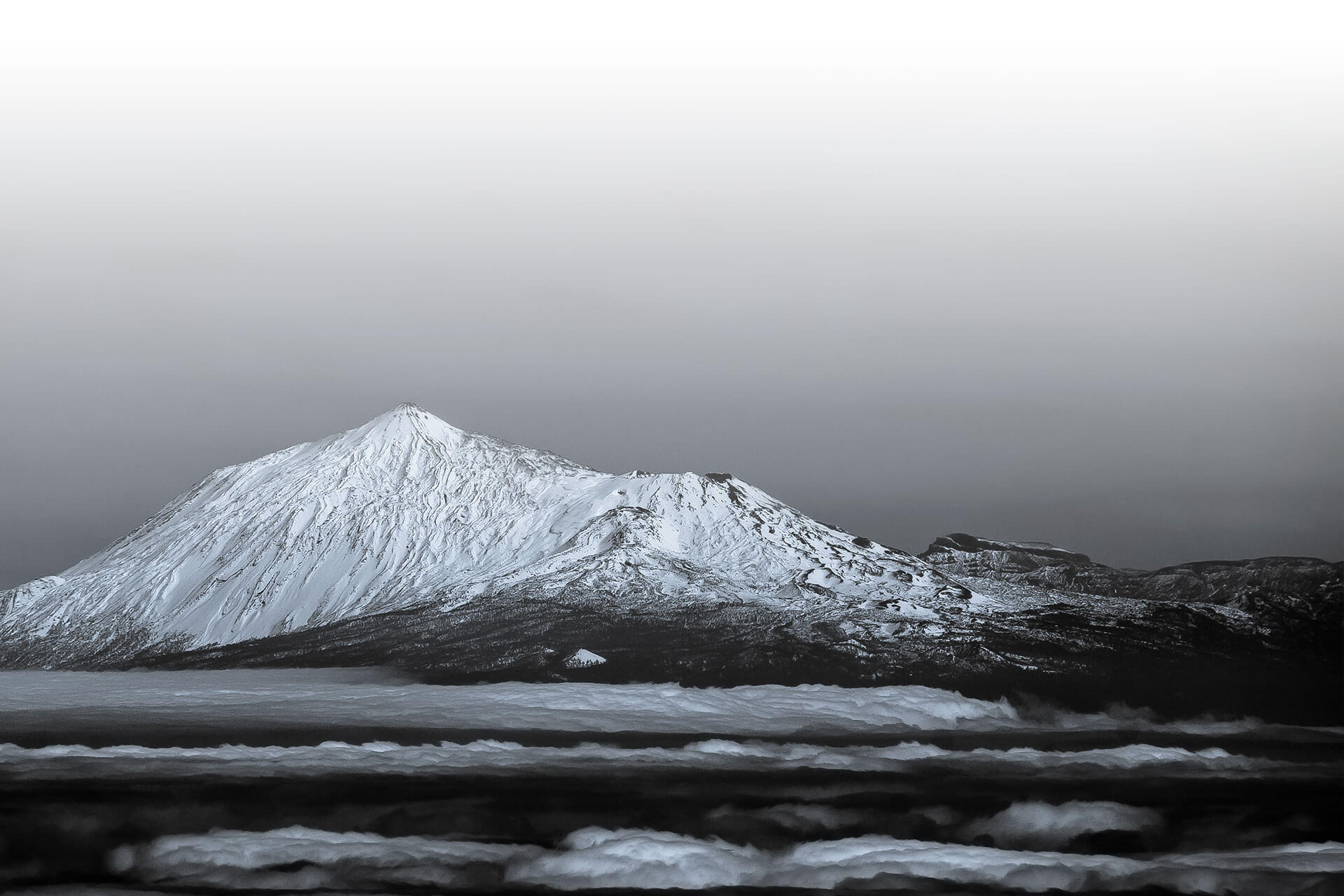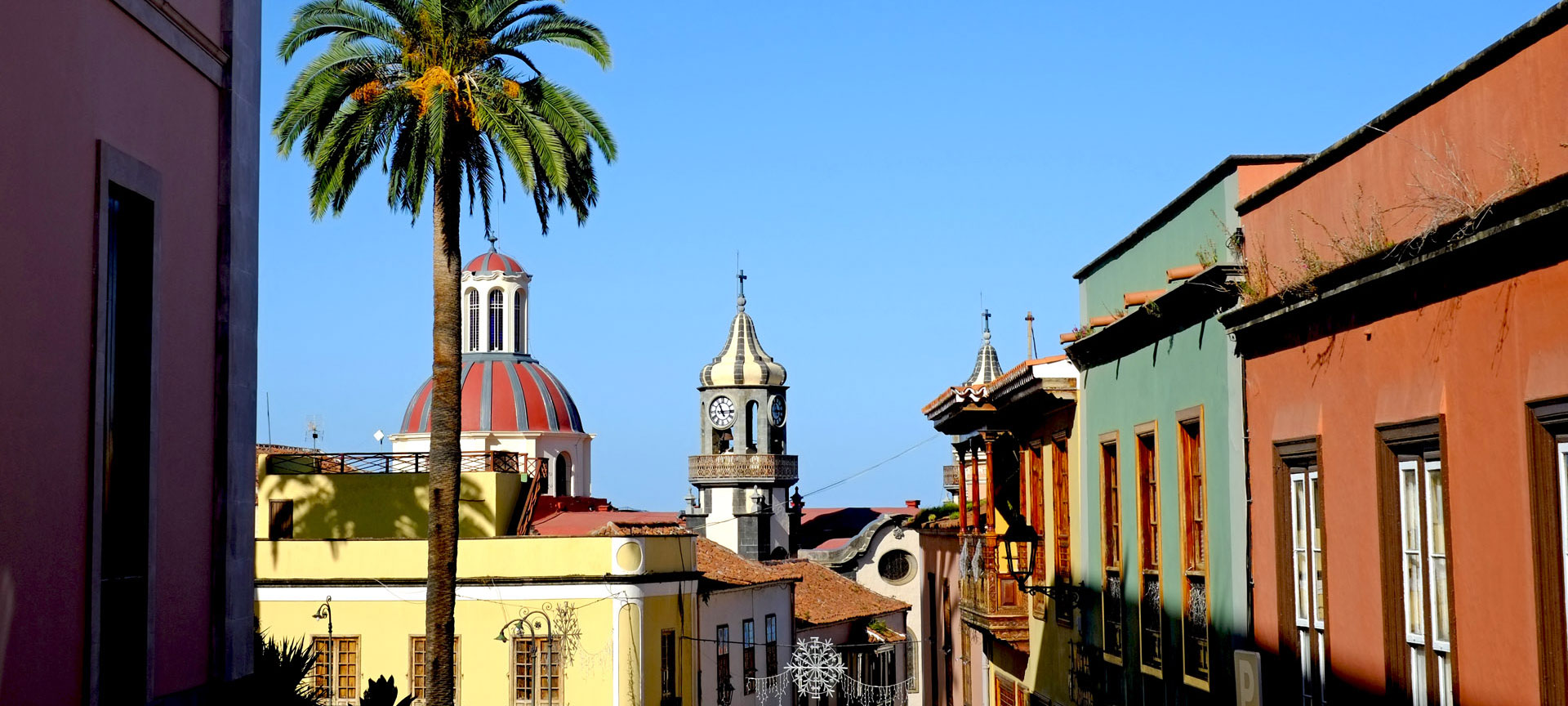
Teide National Park

Explore life around the tallest peak in Spain
One of Europe's most visited national parks is in the heart of Tenerife, in the Canary Islands. Here, the main star of the show is the Teide volcano, the very pinnacle of Spain, at an altitude of 3,715 metres. Keep your eyes peeled, because there's something amazing to see every step of the way. The ecosystem created by the eruptions is home to valuable fauna, especially invertebrates, but also flora adapted to high mountains and geological formations that are unique in Europe.
Teide National Park
It is located in the centre of the island of Tenerife, which belongs to the Canary Islands archipelago.
Tenerife (Canary Islands)
Tenerife (Canary Islands):
- Adeje
- Arico
- Fasnia
- Garachico
- Granadilla de Abona
- Guancha, La
- Guía de Isora
- Güímar
- Icod de los Vinos
- Orotava, La
- Realejos, Los
- San Juan de la Rambla
- Santiago del Teide
- Vilaflor
Las Cañadas Parador hotel
Carretera TF-21, km 46,5
38300 Orotava, La, Tenerife (Canary Islands)
Carretera TF-21, km 32,1 Los Realejos
38414 Orotava, La, Tenerife (Canary Islands)
Calle Dr. Sixto Perera Gonzalez, n. 25, El Mayorazgo. Villa de La Orotava
38300 Orotava, La, Tenerife (Canary Islands)
Activa JS
In images
What you need to know
-
What you will find
The region's volcanic scenery creates a unique paradise for nature lovers across all its areas. Its fauna includes invertebrates, with more than 1,400 species, as well as the presence of around twenty different birds. Alongside them, there are an impressive 212 different species of plant life. Of these, 58 only exist in the Canary Islands, although there is one that reigns above all, the Teide violet. This purple flower only grows above 2,400 metres above sea level, so keep an eye out during your hike to discover it.The other great spectacle in the park is the red bugloss. A plant that can grow up to three metres high, in spring it adorns the foothills of the volcano with its intense colour. The strange formations and rocks left by the eruptions of Teide are also breathtaking. Magma, lava and volcanic casts create a unique and beautiful landscape.
-
Routes around the Park
The best way to get around the park is on foot. There are 41 routes, all of which are signposted to guide you on this adventure through the heart of Teide. Among them, for the most active, the Montaña Blanca - Pico del Teide route stands out, 8.3 kilometres long and of high difficulty. More accessible, but equally interesting, are the Montaña de los Tomillos trails, which are 5 kilometres long and of medium difficulty; or La Fortaleza, which is 5.5 kilometres long and of low difficulty, ideal for observing the local flora and fauna. Remember that you're in the Canary Islands, so always use sun protection, carry water and wear a hat.Map in Teide National Park
-
Don't leave without...
Discover the Teide Observatory, where you can find some of the best solar telescopes in the world. Learn about the importance of these kinds of observatories and why Tenerife is the perfect place for studying light.Another gem is hidden in the Roques de García, a collection of volcanic rocks moulded by erosion. They have gradually been eroded into peculiar shapes, making them one of the most fascinating sights in the park.One last plan: to climb to the natural viewing point on Narices del Teide at the end of the day. At more than 2,000 metres high, the experience of watching the sun set behind its sea of clouds is truly unique.
Travel plans for inspiring you











